Beyond the Spoken Word: Uncovering the Written Language of Ancient Aboriginal Australians
Beyond the Spoken Word: Uncovering the Written Language of Ancient Aboriginal Australians
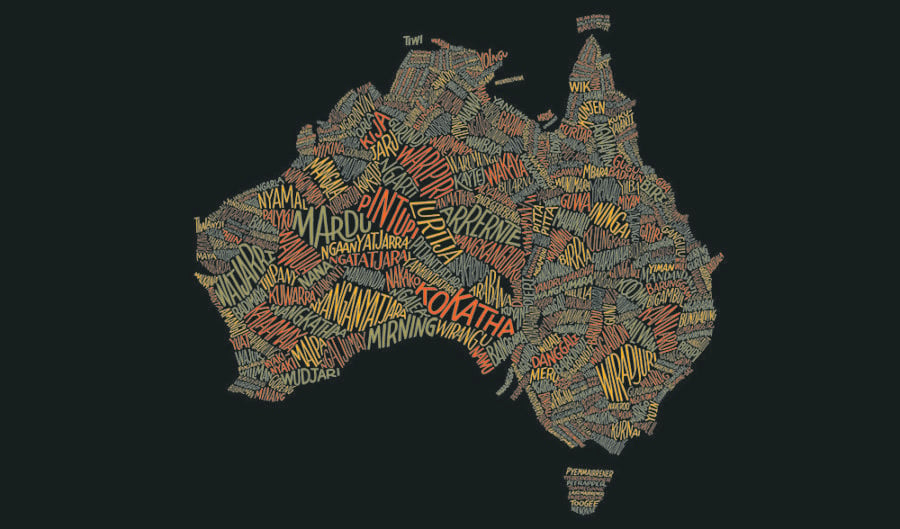
The vast and ancient land of Australia, stretching across a continent teeming with diverse landscapes and rich cultural heritage, has long been home to Aboriginal peoples. For millennia, their knowledge, stories, and traditions were meticulously passed down through generations, primarily through oral storytelling, intricate rock art, and complex systems of symbols. However, the question of whether these ancient cultures possessed a true written language, comparable to the alphabetic systems of the Western world, has sparked heated debate and ongoing research.
The Debate: Did Ancient Aboriginals Have Writing?
Related Articles: Beyond the Spoken Word: Uncovering the Written Language of Ancient Aboriginal Australians
- Weaving The Threads Of Time: The Art, Dance, Music, And Storytelling Of Aboriginal Cultures
- A Bounty Of Bush Tucker: Exploring The Delicious World Of Native Australian Fruit Trees
- A Buzz Of Sweetness: Exploring The World Of Stingless Bees In Australia
- A Journey Through Meaning: Exploring The Beauty Of Aboriginal Girl Names
- Unveiling The Beauty: A Guide To Romantic Aboriginal Australian Names
The term "writing" is often associated with alphabetic systems, where symbols represent individual sounds or letters, forming words and sentences. This definition, however, can be limiting when considering the diverse ways human societies have developed systems of communication.
Some scholars argue that Aboriginal cultures lacked a true written language, emphasizing the reliance on oral traditions and visual art. They point to the absence of a standardized system of symbols with consistent meanings across different regions and time periods.
However, others argue that Aboriginal cultures possessed sophisticated systems of visual communication, including intricate rock art, symbolic markings on tools and weapons, and complex patterns woven into textiles. These systems, they contend, were not simply decorative but served as a form of visual language, conveying information, stories, and knowledge.
Exploring the Evidence: Beyond the Alphabet
To understand the potential for a written language in ancient Aboriginal cultures, we must delve into the diverse forms of communication they employed.
1. Rock Art: A Visual Language of Stories and Knowledge
Across Australia, countless rock shelters and caves bear witness to the rich artistic legacy of Aboriginal peoples. These intricate rock art depictions, dating back thousands of years, are not mere decorations but serve as a visual language, conveying stories, beliefs, and knowledge.
- Symbolic Representations: The art often features stylized figures, geometric patterns, and abstract symbols. These symbols are not arbitrary but carry specific meanings, often relating to ancestral beings, significant events, or cultural practices.
- Narrative Art: Many rock art sites depict complex scenes, often narrating stories of creation, hunting, or social interactions. The arrangement of figures, the use of color, and the placement of symbols all contribute to the storytelling aspect of the art.
- Cultural Transmission: Rock art served as a vital tool for cultural transmission, allowing knowledge to be passed down through generations. By observing and interpreting the art, individuals could learn about their ancestors, their beliefs, and their way of life.
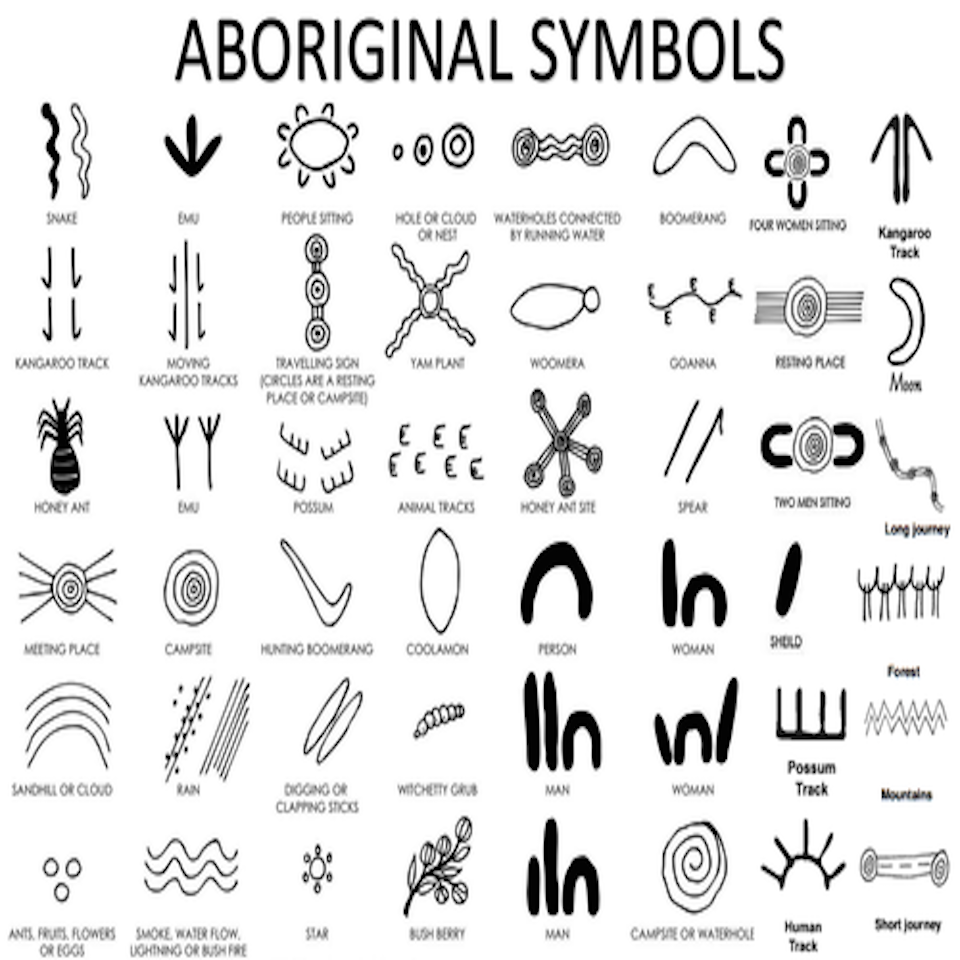
2. Symbolic Markings: Communicating on Tools and Weapons
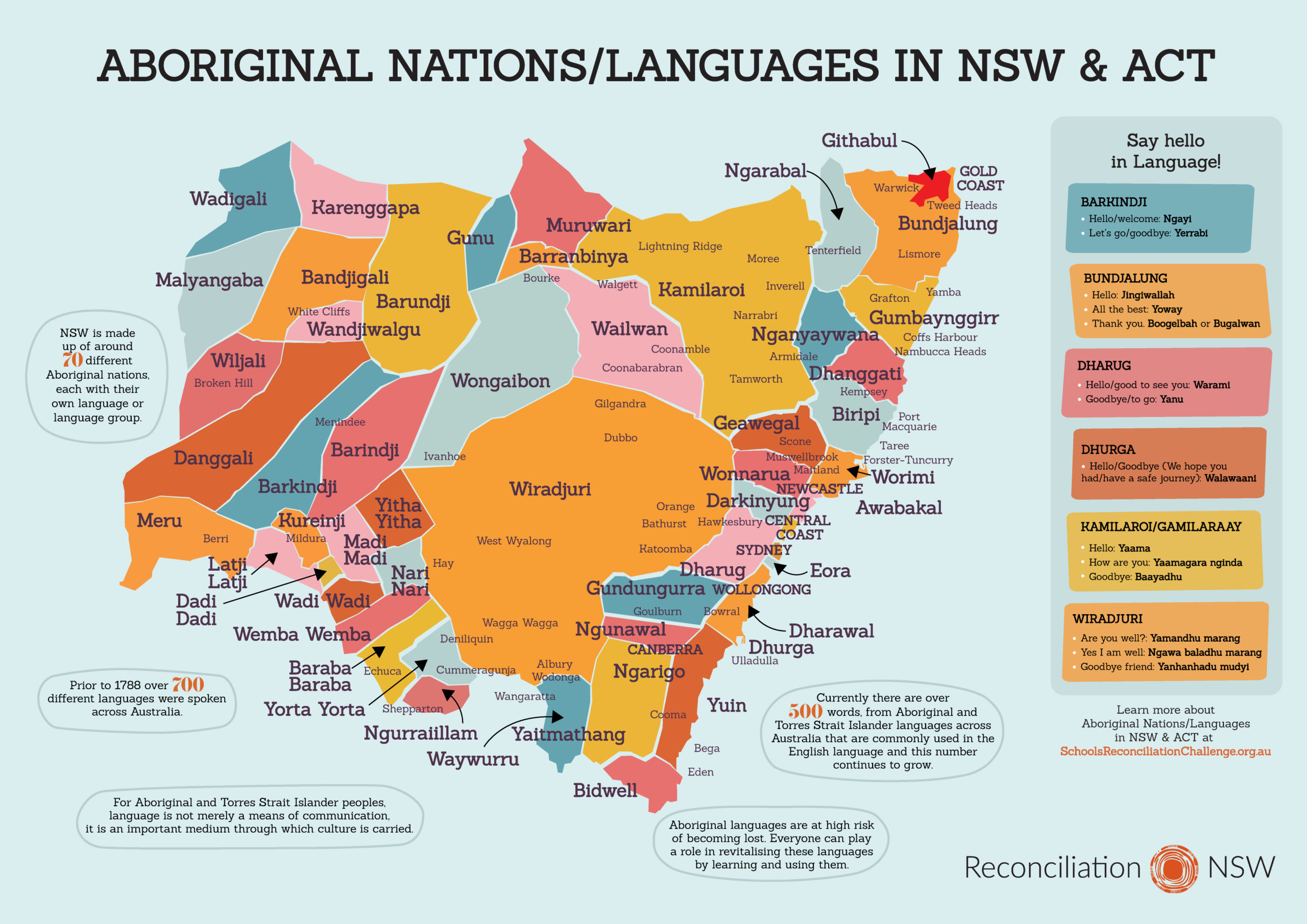
Beyond rock art, ancient Aboriginal peoples inscribed symbols on tools and weapons, further suggesting a system of visual communication.
- Tool Markings: These markings often appear on hunting tools, such as spearheads and boomerangs. The specific patterns and symbols could indicate the maker, the intended use, or even the spiritual significance of the tool.
- Weapon Markings: Similarly, symbols on weapons, like clubs and shields, could represent clan affiliation, ownership, or a warrior’s achievements.
- Communicating Knowledge: These markings, while seemingly simple, provided a complex system for communicating information about the tools and their users, serving as a form of visual language.
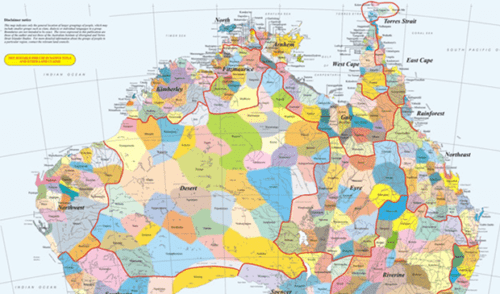
3. Textile Patterns: Weaving Stories and Traditions
The intricate patterns woven into Aboriginal textiles, particularly those made from plant fibers, demonstrate another form of visual communication.
- Complex Designs: These textiles often feature geometric patterns, animal motifs, and intricate designs, each carrying specific meanings.
- Cultural Identity: The patterns on textiles can indicate the maker’s clan, their geographic location, or their social status within the community.
- Passing Down Knowledge: The techniques and designs of these textiles were passed down through generations, preserving cultural knowledge and traditions.
4. The Significance of Oral Tradition
While visual communication played a crucial role in Aboriginal cultures, oral tradition remained central to knowledge transmission. Stories, songs, and rituals were passed down through generations, shaping their worldview, beliefs, and practices.
- Living Knowledge: Oral traditions were not static but constantly evolving, reflecting changing social and environmental conditions.
- Memory and Storytelling: Aboriginal peoples developed extraordinary memory skills and storytelling abilities, allowing them to preserve vast amounts of knowledge through spoken word.
- Connecting with the Land: Oral traditions often intertwined with the landscape, linking stories to specific locations and natural features, further emphasizing the connection between people and their environment.
5. The Challenges of Deciphering Ancient Communication Systems
While the evidence points to sophisticated forms of communication in ancient Aboriginal cultures, deciphering their meaning remains a complex task.
- Language Evolution: Over time, languages evolve, and meanings can shift. The symbols and patterns used in ancient rock art, tools, and textiles may not have the same meaning today.
- Cultural Context: Understanding the significance of these symbols and patterns requires deep knowledge of Aboriginal cultures, their beliefs, and their traditions.
- Loss of Knowledge: With the displacement and dispossession of Aboriginal peoples, much of their traditional knowledge has been lost or suppressed.
The Future of Research: Unlocking the Secrets of Ancient Communication
Despite the challenges, ongoing research is shedding light on the complex communication systems of ancient Aboriginal cultures.
- Linguistic Analysis: Scholars are studying the patterns and symbols used in rock art, tools, and textiles, attempting to identify recurring motifs and their potential meanings.
- Ethnographic Research: Working closely with Aboriginal communities, researchers are documenting traditional knowledge and practices, helping to preserve and understand their cultural heritage.
- Digital Technologies: New technologies, like 3D scanning and virtual reality, are being used to create detailed records of rock art sites, allowing for more thorough analysis and preservation.
Conclusion: A Legacy of Communication
The evidence suggests that ancient Aboriginal cultures possessed sophisticated systems of communication, beyond the realm of spoken language. Their intricate rock art, symbolic markings on tools, and complex textile patterns served as visual languages, conveying stories, knowledge, and cultural traditions. While the exact meanings of these systems may remain elusive, their existence underscores the rich and diverse ways human societies have developed methods of communication.
By embracing the richness of Aboriginal cultures and their unique forms of expression, we can gain a deeper understanding of the human experience and the enduring power of communication.
FAQ: Did Ancient Aboriginals Have Writing?
Q: Did ancient Aboriginal Australians have a written language?
A: The answer is complex. While they lacked an alphabet-based writing system, they developed sophisticated forms of visual communication through rock art, symbolic markings on tools, and textile patterns. These systems served as a form of visual language, conveying stories, knowledge, and cultural traditions.
Q: What evidence suggests they had a form of writing?
A: The evidence includes intricate rock art, dating back thousands of years, which depicts complex scenes, symbolic figures, and abstract patterns. Symbolic markings on tools and weapons, often specific to the maker, use, or clan affiliation, also point to a system of visual communication.
Q: How can we decipher the meanings of these symbols?
A: Deciphering these symbols is challenging. It requires deep knowledge of Aboriginal cultures, their beliefs, and their traditions, as well as linguistic analysis and ethnographic research.
Q: How does oral tradition play a role in Aboriginal communication?
A: Oral tradition remained central to knowledge transmission, with stories, songs, and rituals passed down through generations. This tradition is a living knowledge system that reflects changing social and environmental conditions.
Q: What are the challenges of studying ancient Aboriginal communication systems?
A: The challenges include language evolution, cultural context, and the loss of knowledge due to displacement and dispossession.
Q: What is the future of research on this topic?
A: Ongoing research aims to decipher the meanings of ancient symbols, document traditional knowledge, and use digital technologies to preserve and analyze rock art sites.
Q: What is the significance of studying ancient Aboriginal communication systems?
A: Understanding these systems provides insights into the diverse ways human societies have developed methods of communication, highlighting the richness and complexity of Aboriginal cultures. It also emphasizes the importance of preserving and understanding their cultural heritage.
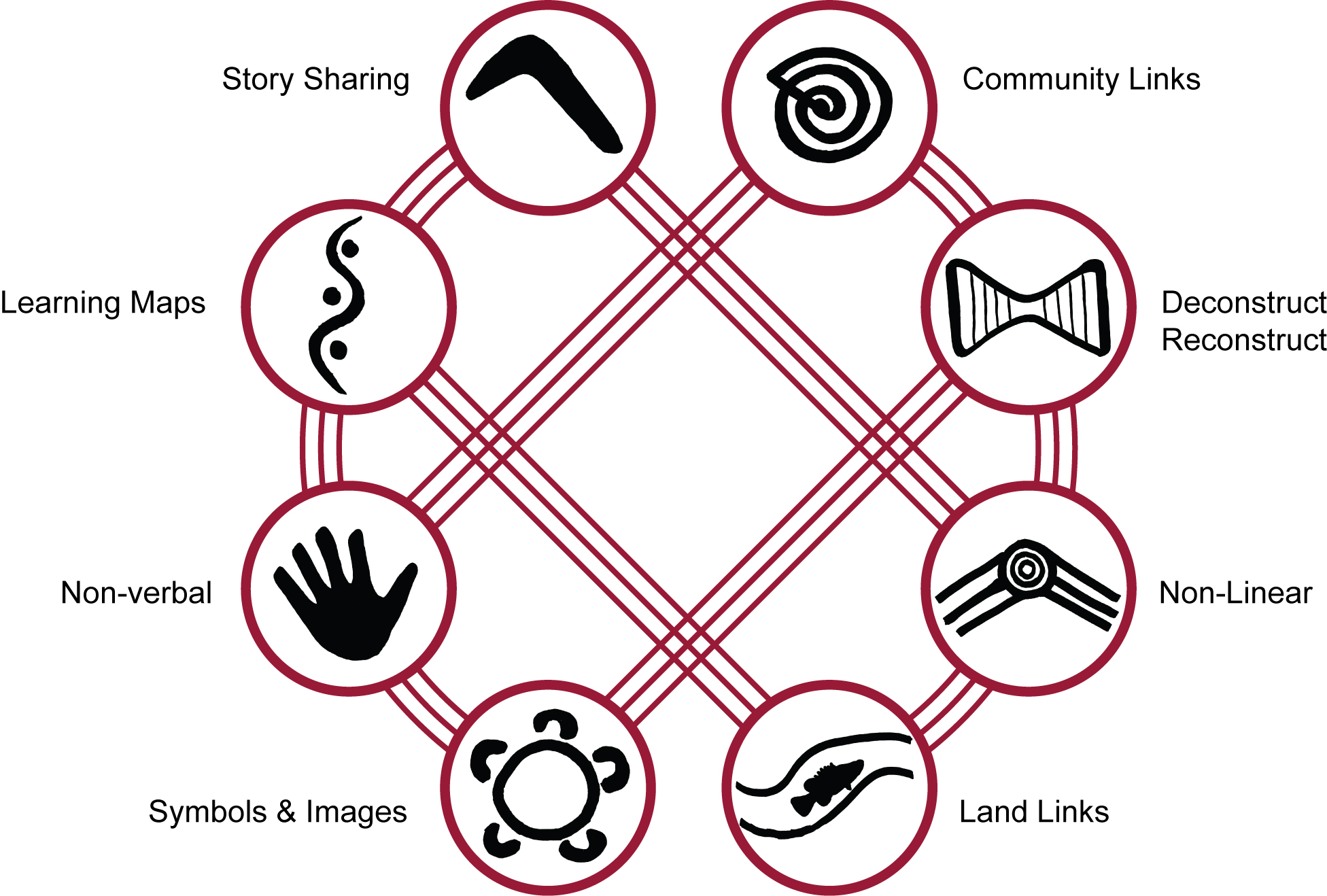
Closure
Thus, we hope this article has provided valuable insights into Beyond the Spoken Word: Uncovering the Written Language of Ancient Aboriginal Australians. We appreciate your attention to our article. See you in our next article!


